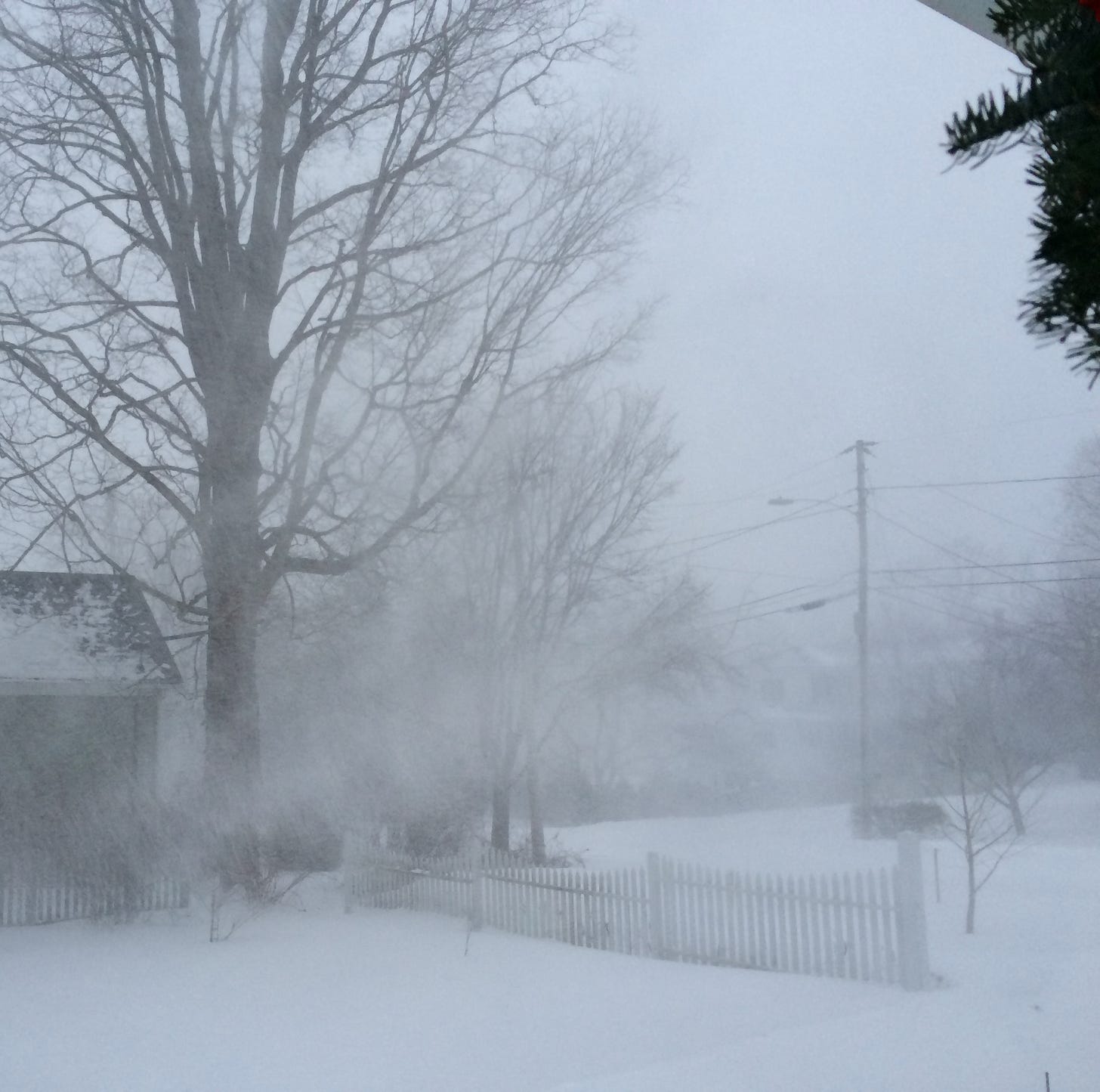Blow, winds, and crack your cheeks. Rage!
It’s another Big Snow Day on the coast of Maine where I’m spending the winter. “Oh, how come you’re not in Tuscany?” ask the people I meet downtown, at least the ones who don’t know me very well.
There’s a simple answer. Basically, I’m much more comfortable in my well-insulat…
Keep reading with a 7-day free trial
Subscribe to On the Kitchen Porch to keep reading this post and get 7 days of free access to the full post archives.




